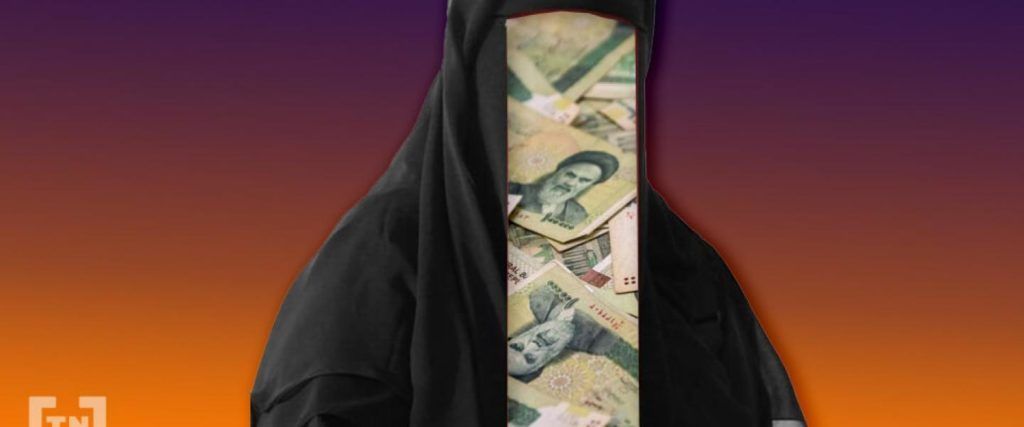There is every indication that Iran is sliding toward a deep recession. In 2018, it slipped into a GDP decline of 3 percent.
So far, in April, things have only gotten worse with a loss of 6 percent — and the year isn’t even halfway over yet. The Iranian economy is clearly being hit hard by the renewal of fresh U.S. sanctions against the country. The original deal signed by President Obama in 2015 allowed Iran’s economy to bounce back by over 12 percent in 2016. However, since the sanctions were reinstated by President Trump, Iran has experienced a steep drop in growth. It’s clear the sanctions are crippling the pariah nation. The sanctions are also fueling economic discontentment from Iran’s middle and working classes. The biggest anti-government protests in over a decade gripped the country in 2017, and there are signs that things will only get worse. The U.S. sanctions specifically target the energy, shipping, and financial sectors. Foreign investment has dried up and Iran’s oil exports have been cut in half since 2016. At the start of 2017, Iran was exporting some 2.3M bpd per year. In 2019, that number is forecasted to be 1.1M bpd. Of course, U.S. sanctions would cripple any nation in today’s economy. With most of the global commerce being pegged to the USD, it’s no surprise that Iran has been struggling. However, Iran has been looking for alternatives in the wake of these difficulties. One idea which has gained considerable traction is the country’s own state-backed cryptocurrency based on gold reserves. Four banks, Bank Mellat, Bank Melli, Bank Pasargad and Parsian Bank, teamed with blockchain startup Kuknos Company to make this happen. The cryptocurrency, called PayMon, was officially released in February of 2019. Some analysts have speculated that PayMon is an attempt by Iran to circumvent U.S. sanctions. Indeed, the country has been in discussions with England, France, Germany, Switzerland, and Russia on possible workarounds. However, PayMon is more than that. Iran is trying to create an alternative, stable currency on which it can base its economy on other than the U.S. Dollar. That’s not an easy task given the growing strength of the almighty dollar. It’s still unclear whether or not PayMon will end up like Venezuela’s own cryptocurrency, the ‘Petro Gold.’ However, one thing is clear, Iran’s future looks murky unless they can find a new means of stabilizing its economy without relying on U.S. dollars. Do you believe PayMon will have the same fate as Venezuela’s Petro Gold? Is the cryptocurrency even legitimate? Let us know your thoughts in the comments below.Disclaimer
In adherence to the Trust Project guidelines, BeInCrypto is committed to unbiased, transparent reporting. This news article aims to provide accurate, timely information. However, readers are advised to verify facts independently and consult with a professional before making any decisions based on this content. Please note that our Terms and Conditions, Privacy Policy, and Disclaimers have been updated.

Advertorial
Advertorial is the universal author name for all the sponsored content provided by BeInCrypto partners. Therefore, these articles, created by third parties for promotional purposes, may not align with BeInCrypto views or opinion. Although we make efforts to verify the credibility of featured projects, these pieces are intended for advertising and should not be regarded as financial advice. Readers are encouraged to conduct independent research (DYOR) and exercise caution. Decisions based on...
Advertorial is the universal author name for all the sponsored content provided by BeInCrypto partners. Therefore, these articles, created by third parties for promotional purposes, may not align with BeInCrypto views or opinion. Although we make efforts to verify the credibility of featured projects, these pieces are intended for advertising and should not be regarded as financial advice. Readers are encouraged to conduct independent research (DYOR) and exercise caution. Decisions based on...
READ FULL BIO
Sponsored
Sponsored

